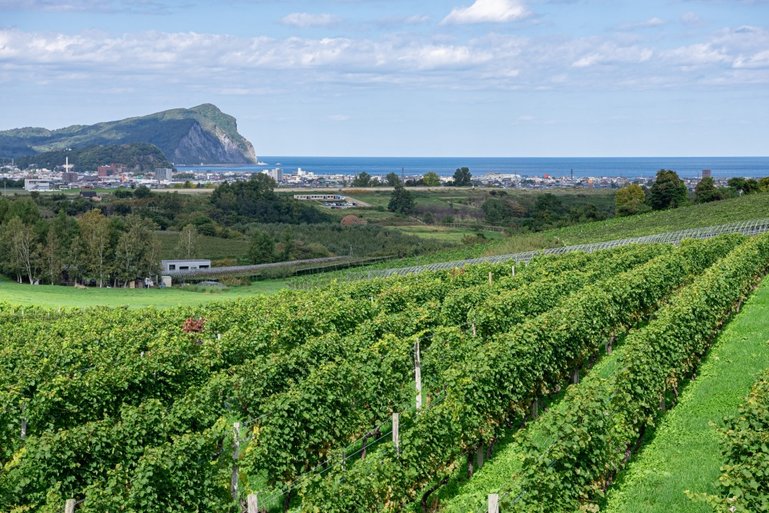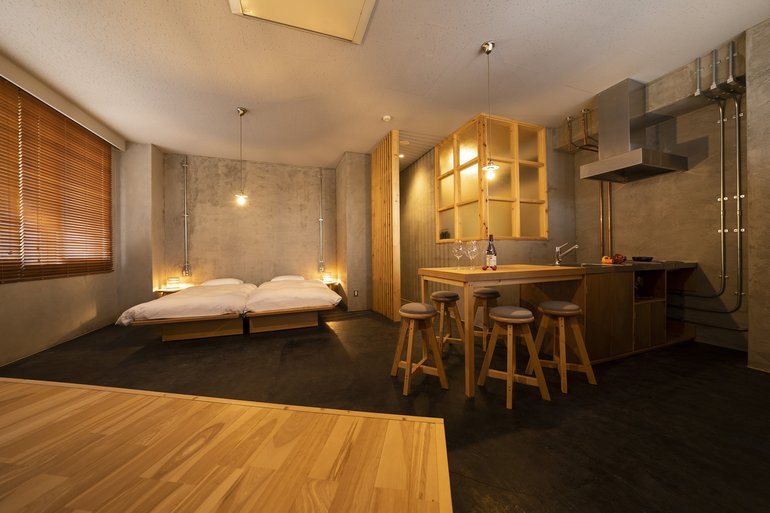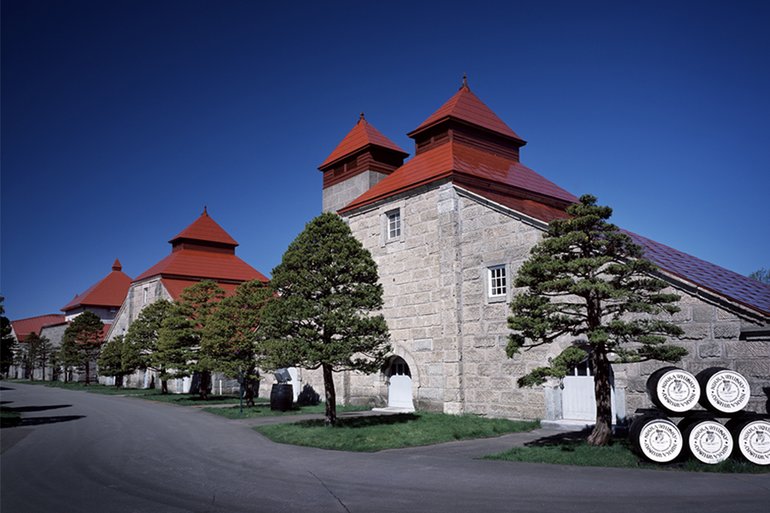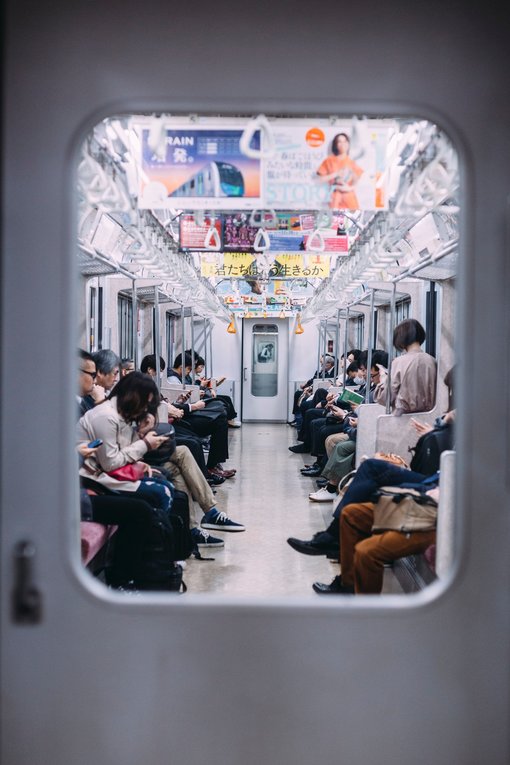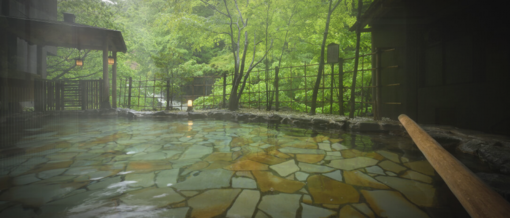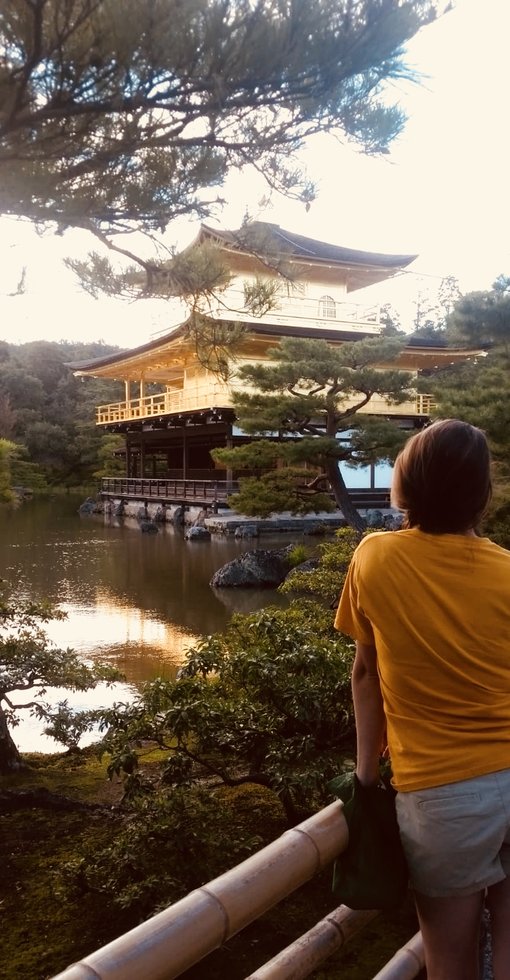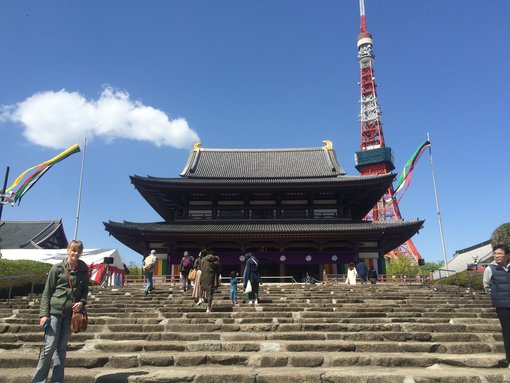When travelers think of Hokkaido, they think snow festivals, skiing, and seafood. Wine is not on the radar. In the seaside town of Yoichi, close to Sapporo, an hour or so to the west, however, a small but dedicated group of winemakers are creating wines that are beginning to make waves both domestically and internationally.
A Climate for Wine
Yoichi is located at 43 degrees north, the same latitude as famous wine areas in Europe (e.g., Burgundy & Champagne). The area has cool summers where the temperature usually varies from 20-23°C, and cold winters with snow on the ground for many months. The cool climate provides a long, slow growing season where grapes can develop complexity without losing natural acidity.
The soil here is volcanic, well-drained and mineral-rich—precisely the sort of condition that grape vines favor. The local vignerons have thus focused on cool-climate grapes like Pinot Noir, Chardonnay, and Kerner, and experimented with other varieties to some extent.
The region has some 22 wineries, most of which are small family firms. They all produce less than 10,000 bottles annually, making them truly artisan producers. Some of them, like Domaine Takahiko and Domaine Atsushi Suzuki, have gained awards at Japanese wine competitions and restaurants, though the region overall is not yet well established with international tourists.
Key Wineries to Know
Yoichi wines are leaning towards delicacy rather than power, with fresh acidity and mineral tastes being the norm for most producers. The cool climate particularly suits Zweigelt, Kerner, Pinot Noir and Chardonnay, though you will find varying styles among various winemakers—some using oak aging, others with a focus on steel tanks, some experimenting with natural winemaking techniques. Prices tend to range between ¥3,000-8,000 per bottle at the wineries, which is reflective the low-volume production methods. Some wines are only available a tthe winery or in Hokkaido, so they make great souvenirs for wine drinkers. While all of Yoichi's wineries have their own charm, some are famous to tourists:
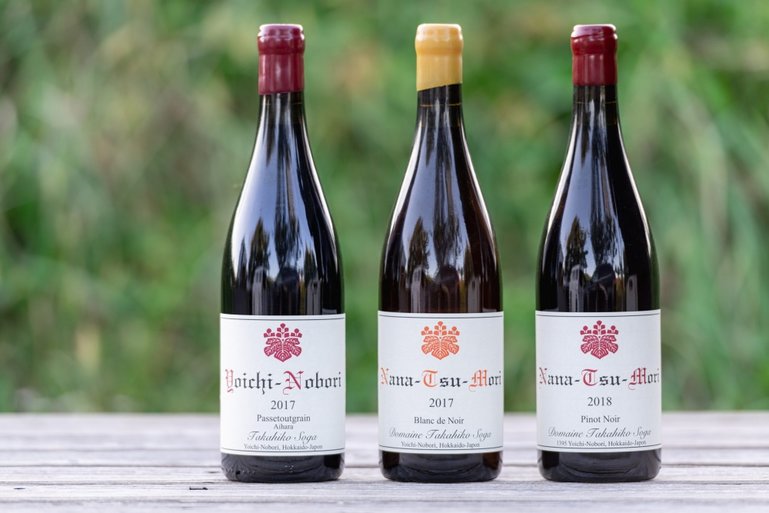
Domaine Takahiko is perhaps the most celebrated producer in the area, with natural winemaking practices and minimal intervention. Its Pinot Noir has become recognized internationally beyond Japan. The winery offers intimate tours in which you might meet Takahiko Soga personally, having acquired winemaking skills in Burgundy before coming back to his hometown.
Domaine Atsushi Suzuki is the new wave of Yoichi winemakers, dedicated to biodynamic methods and expression of terroir through minimal intervention. Suzuki wines are incredibly pure and precise, with small production quantities ensuring they are highly sought after by Japanese wine connoisseurs. Visits offer insight into biodynamic viticulture in Hokkaido's demanding climate.
Domaine Bless presents a new style, with traditional Japanese attention to detail combined with state-of-the-art winemaking technology. Small production excels in single-vineyard wines, and the winery is famous for elegant Pinot Noir and crisp Chardonnay that capture Yoichi's cold climate character.
Yoichi Winery (Nihon Seishu) is the largest and most accessible winemaker in the area, so it's a decent option for beginners. They offer standard tours in Japanese (with partial English pamphlets) and produce a wider range of styles, providing newcomers a decent idea of what Yoichi is capable of producing.
OcciGabi Winery is a small producer producing natural wines with limited sulfites. Visits to this winery come across like being invited into someone's private venture, the owner typically pouring samples directly from barrels.
Niki Hills Winery blends wine with tourist facilities, offering a restaurant, store, and strolling tours of vineyards with views of Mount Yotei.
What You Can Expect When You Go
Yoichi wineries are a far cry from those of more mature wine tourism destinations. They are mostly small operations where the proprietor is also likely to be the winemaker, viticulturist, and tasting room host. Some of them operate out of old barns or simple buildings rather than sleek estates. That small-scale character visits are more a matter of meeting an artist in her own studio than a standard winery tour.
Language may be an issue—some winemakers know English, but many speak only Japanese. But nearly all are excited about sharing their craft with guests, and many resort to gestures, translation software, or visual aids to describe their winemaking process. Some wineries have official tours, but others offer tastings that are more relaxed.
Where to Stay: Yoichi LOOP's Advantage
For wine enthusiasts, Yoichi LOOP hotel offers a superior experience that is beyond mere accommodation. Specifically designed for wine travelers, the hotel has industrial-chic designs inspired by winery style—torn-out concrete, wood, and metal elements that reflect the working wineries in the area.
The dinner service is truly the highlight, which solves one of the problems of Yoichi's barriers to guests. Since most small wineries such as Domaine Takahiko produce only so few of these, their wines are never found on the shelves of stores or on restaurant wine lists. Yoichi LOOP's restaurant has cultivated relationships with local producers to offer you a rotating selection of offbeat and small-production wines that you literally cannot find anywhere else.Their wine pairing dinners feature 5-6 courses matched with some of Yoichi's finest and rarest wines.
This is particularly worth it since you can sample wines from winemakers who might be closed to visitors while you are there, or whose whole vintage was sold out at the winery. The restaurant's philosophy is to illustrate Yoichi's diversity—you can start with a crisp Kerner, move through a barrel-barreled Chardonnay, experience two different styles of Pinot Noir, and end with a regional dessert wine, all in one meal.
Planning Your Visit
Most Yoichi wineries require advance reservations, typically made by phone. This can be challenging for international visitors, but places like Yoichi LOOP or Sapporo hotels are accustomed to helping guests to arrange winery visits. It's preferable to reserve a minimum of a couple of weeks in advance, especially during season.
Yoichi town is relatively small, so you can definitely get around on foot. However, if you are heading to the wineries, you will need to arrange transport.
- Car rental (ensuring you've got a driver)
- A day spent by taxi
- Staying in Yoichi and doing the walk with taxis in between
- Experiencing one of the occasional Sapporo guided tours
Best time to visit is between June and October when it is warmer. It is possible to go in winter, but not as much, since some of the smaller wineries close down at the height of winter.
In addition to Wine
While wine might be the star of the show, Yoichi has other attractions. The Nikka Whisky Distillery, founded in 1934, features tours and tastings that show another side of the region's drink industry. The coastline is scenic walks, and summer and autumn fruit-picking excursions are offered by local farms.
The town itself is quiet and rural in nature. Don't expect lots of English signs and tourist amenities—this is still a very much working agricultural and fishing community that happens to make wine.
A Practical Itinerary
In order to have the optimum Yoichi wine experience, here is a suggested itinerary.
Day 1: Arrive in Yoichi early afternoon and check-in to Yoichi LOOP. Spend a visit at one local winery like Yoichi Winery for an orientation tour. Back to the hotel for their wine pairing dinner where you taste wines from several producers and can consult staff with suggestions on tomorrow's visits.
Day 2: Visit 2-3 wineries subject to your choice—perhaps Occi Gabi, Domaine Bless, or Field of Dreams Winery . Swing by Domaine Takahiko's observatory deck for some vineyard photographs. Return to town for dinner at a local restaurant.
Day 3: Walk around Yoichi town and check out the Nikka Whisky Distillery. Buy some souveniers including wines, whiskies and local producers, then on to your next destination.
This gives you both breadth (through the hotel's dinner) and depth (through individual winery visits).
Is Yoichi Right for You?
Yoichi is best for travelers that appreciate genuine, small-scale experiences at the expense of refined tourism infrastructure. If you like to get to know producers, see how craft processes work, and experience wines you will not be able to find in other places, Yoichi has something to offer. The combination of residing at Yoichi LOOP for the all-encompassing wine dinner, coupled with visits to individual producers for detailed experiences, provides both overview and detail.
The area is developing its wine tourism base. This entails some inconveniences—the reservation process, language problems, transportation logistics—but also the opportunity to see a wine region in its relatively early phase, where visits are still personal and uncommercialized. Proper planning and realistic expectations make a trip to Yoichi give an interesting glimpse into Japanese wine culture and the dedication of producers working in this rare northern terroir.
